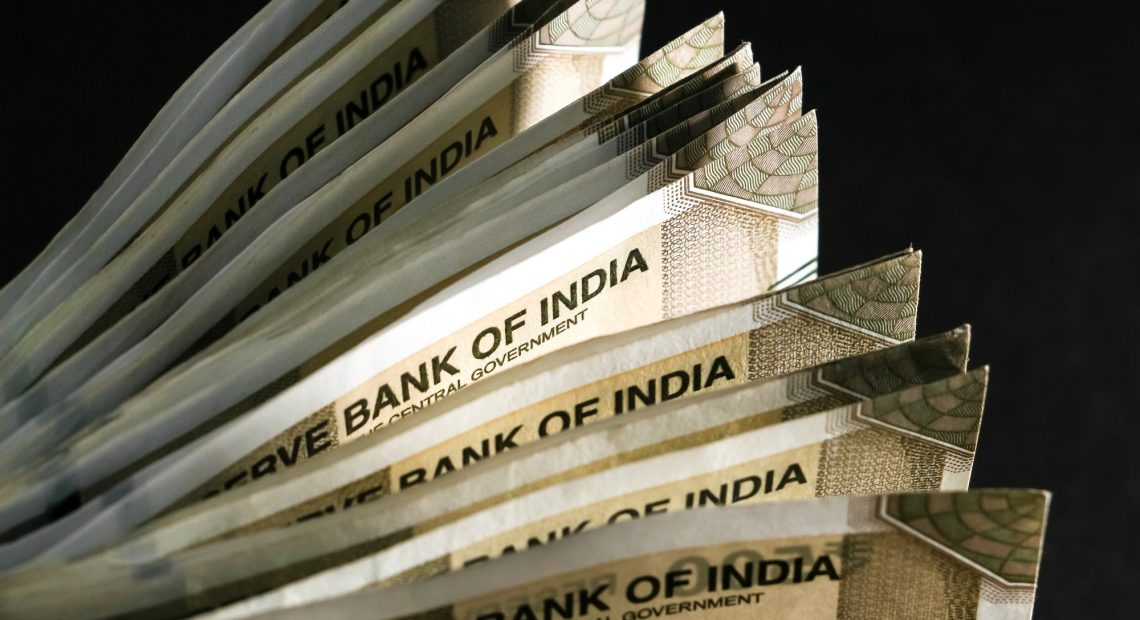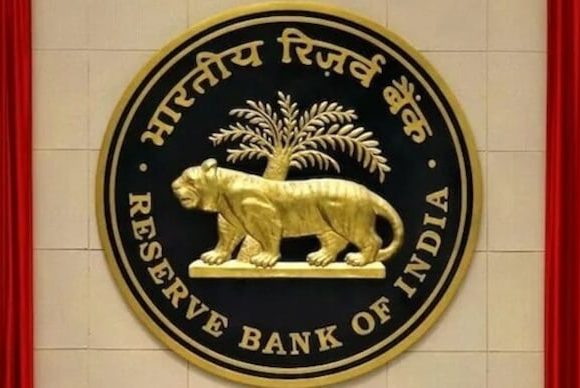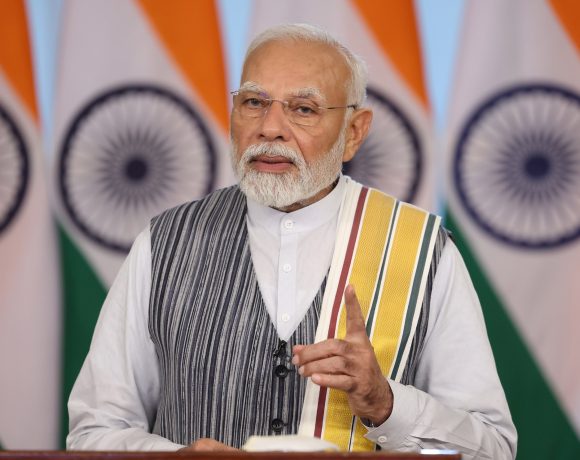
Rupee Hits Record Low Amid Strengthened Dollar
The Indian Rupee has hit an all-time low against the US Dollar, reflecting heightened global economic uncertainties and domestic market volatility. The currency’s sharp decline has raised concerns among policymakers and market participants, with broader implications for inflation and trade.
Dollar Strength and Market Volatility
The rupee’s depreciation is primarily attributed to the strengthening of the US Dollar, which has gained momentum amid expectations of further interest rate hikes by the Federal Reserve. Investors are flocking to the dollar as a safe-haven asset, causing emerging market currencies, including the rupee, to weaken significantly.
Adding to the pressure is the persistent volatility in Indian equity markets, with foreign institutional investors (FIIs) pulling out capital in search of more stable returns elsewhere. This outflow of funds has further weighed down the rupee, compounding the challenges for the Indian economy.
Rupee’s Performance
The Indian currency breached its previous record low and was trading beyond ₹83 against the US Dollar in early trade. Market experts warn that the rupee may face additional downward pressure if global economic conditions fail to stabilize.
Impact on the Economy
The rupee’s slump has sparked concerns about rising import costs, particularly for crude oil, which is priced in dollars. With India heavily reliant on imports for its energy needs, a weaker rupee could drive up fuel prices, thereby increasing inflationary pressures on the economy.
Moreover, the depreciation impacts businesses with dollar-denominated debt, potentially raising their borrowing costs. Exporters, however, may benefit from the weaker rupee, as it enhances their competitiveness in global markets.
Government and RBI Intervention
The Reserve Bank of India (RBI) has reportedly intervened in the forex market to curb excessive volatility and stabilize the rupee. Experts believe that the RBI may continue to use its foreign exchange reserves to manage the currency’s fluctuations.
The Finance Ministry has also emphasized the need for sustained macroeconomic stability, with efforts underway to address the challenges posed by global uncertainties.
Outlook
The rupee’s trajectory remains uncertain, with global factors like interest rate policies, oil prices, and geopolitical tensions playing a pivotal role in determining its future movement. Economists suggest that coordinated fiscal and monetary measures will be essential to mitigate the adverse impacts of the currency’s depreciation.
As the Indian rupee navigates through this challenging period, all eyes are on the global economy and the domestic policy responses that will shape its recovery.


















